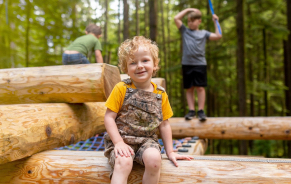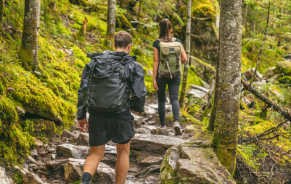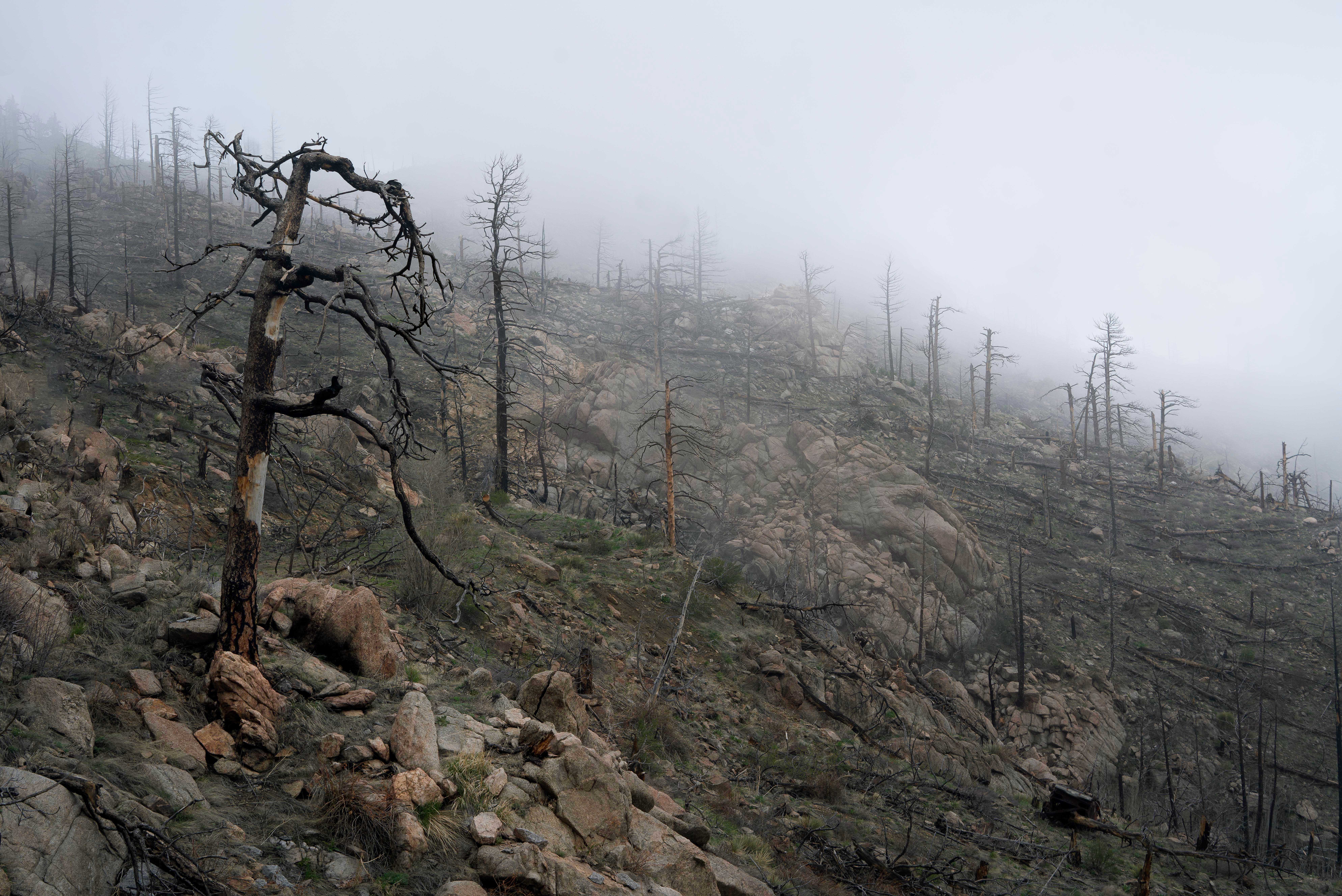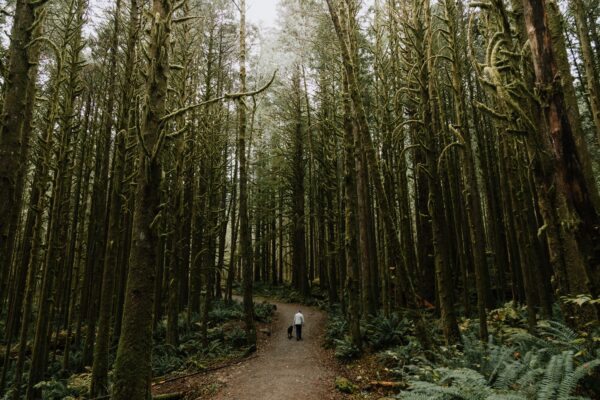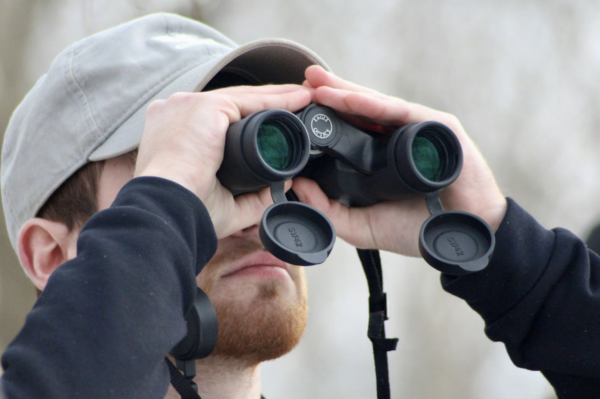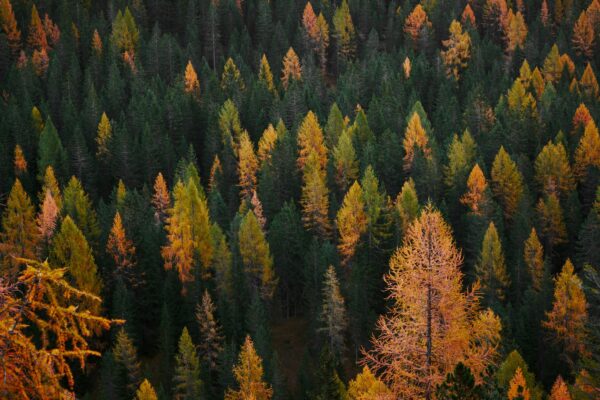British Columbia is well-known for its beautiful landscapes and wide range of natural habitats. Our province boasts fourteen unique biogeoclimatic, or ecological zones, including the coastal rainforests of the Lower Mainland and the Interior’s semi-arid climate with shrub lands and pine forests.
We’re no strangers to dealing with the forces of nature within these zones, including periodic disruptions by natural disasters. Most notably in recent years have been wildfires and floods. In this blog post, we’ll explore the profound impact of these natural events on BC’s forests, examining the ecological consequences and the ongoing efforts to manage and mitigate these challenges.
Forest Fires in BC
BC’s wildfires have become increasingly frequent and severe in recent years. The province’s dry climate, coupled with longer and longer periods of drought, creates the perfect conditions for these destructive events to flare up.
Wildfires not only pose a direct threat to human communities but also have a profound impact on the forests themselves. This was very apparent during BC forest fires in 2021. More than 1,600 fires burned nearly 8,700 square kilometres of land that year, making it the third worst on record in terms of area burned.
The Government of British Columbia’s statistics show that the current 10-year average (taken from 2012 to 2022) is 1,483 wildfires from April 1 to March 31 the following year. Of those fires, 42% were human-caused and 58% were lightning-caused, which we will talk about more later.
BC Flooding
Another challenge for residents of BC is flooding. The Lower Mainland especially, with its intricate network of rivers and waterways, is no stranger to seasonal flooding. In 2021, the Fraser Valley experienced heavy flooding, causing disruptions in the transportation of goods and road access through to the interior, as well as a loss of livestock and personal effects for those living in the area.
In an article from the University of Victoria, scientists are pointing toward human influence on climate change being a cause for why there’s an uptick in natural events. The study, titled “Human Influence on the 2021 British Columbia Floods,” used historical data to study this hypothesis. They concluded that atmospheric river events of this magnitude were about one-in-10-year events for the current climate of the region. Now, they’re at least 60% more likely to happen thanks to the effects of human-induced climate change.
Human-made vs Naturally Occurring
Human activities, from industrial processes to negligence, can spark fires with extensive consequences. Disregarding local fire bans in BC and having fires when camping, or allowing brush burn fires to escalate, are common instances. Others include failing to properly put out cigarettes and even using smoke bombs and other incendiary devices at gender reveal parties.
On the other hand, lightning strikes, a natural phenomenon, can also cause wildfires. When a lightning bolt makes contact with dry vegetation, the intense heat generated can quickly ignite the surrounding area. This process is exacerbated during periods of low humidity and drought, which create the ideal conditions for a fire to spread.
Flooding can also occur as a result of natural and human-causes. Heavy storm systems and prolonged rain, such as the recently dubbed atmospheric rivers, can create flooding in certain areas. A natural build-up of debris, like ice, dirt, or downed trees, can also cause flooding issues. On the human side, urban development, deforestation, and alteration of river courses have also increased vulnerability to flooding.
Understanding why these disasters happen is the first step to making our communities stronger and finding ways to deal with them better.
A Road to Recovery for BC Forests
While it’s understandable to feel a sense of loss in the immediate aftermath of wildfires and floods, it’s equally important to recognize these events as part of the natural life cycle of a forest. While the losses are significant, nature has an incredible ability to recover and renew its ecosystems over time.
Post-fire landscapes, often seen as barren and desolate, go through a process of ecological succession, where a dynamic mix of plants, including grasses and shrubs, gradually pave the way for the return of more mature tree species. For example, lodgepole pine and jack pine have evolved to release their seeds in response to the heat from fires, utilizing the nutrient-rich soil left behind for successful germination.
In regions that have been badly burnt, fireweed is also well-adapted to seed because the exposed mineral soil created by the absence of organic soil layers makes an excellent seedbed. Because fireweed has also partially adapted to fire, it can help stop or slow fires that come back through.
This intricate web of forest regeneration after fire not only contributes to the restoration of the landscape, but also plays a vital role in supporting biodiversity and maintaining the ecological balance in Canada’s diverse ecosystems.
Similarly, floods bring a wealth of sediment and nutrients, enriching the soil and creating fertile ground for the germination of seeds and the growth of aquatic vegetation. Riparian zones, the areas along riverbanks, experience rejuvenation as new vegetation takes root, attracting a diversity of wildlife.
Nature’s ability to adapt and rebound is awe-inspiring, showcasing the resilience embedded in these ecosystems over millennia.
Balancing Conservation and Human Intervention
In the face of recurring natural disasters, a balance must be struck between conservation efforts and human intervention. While the natural life cycle of BC forests involves disturbance and renewal, the increasing frequency and intensity of wildfires and floods demand thoughtful strategies to mitigate their impacts, especially as humans spread further and further into natural spaces.
Conservation initiatives, such as controlled burns and reforestation programs, can help manage fire-prone areas and promote the regeneration of diverse plant species. Similarly, responsible urban planning and sustainable land use practices can reduce the risk of flooding and its detrimental effects on communities and ecosystems.
Connecting to Nature
At Wild & Immersive, we work hard to connect children and adults with nature to educate and inspire. Active involvement from the community is crucial for everyone to share the responsibility of taking care of our natural surroundings. Education on fire prevention, responsible land management, and the importance of preserving natural spaces can empower communities to coexist harmoniously with the dynamic forces of nature.
Let’s work together to adopt sustainable practices that keep BC’s stunning landscapes strong and vibrant for future generations.
